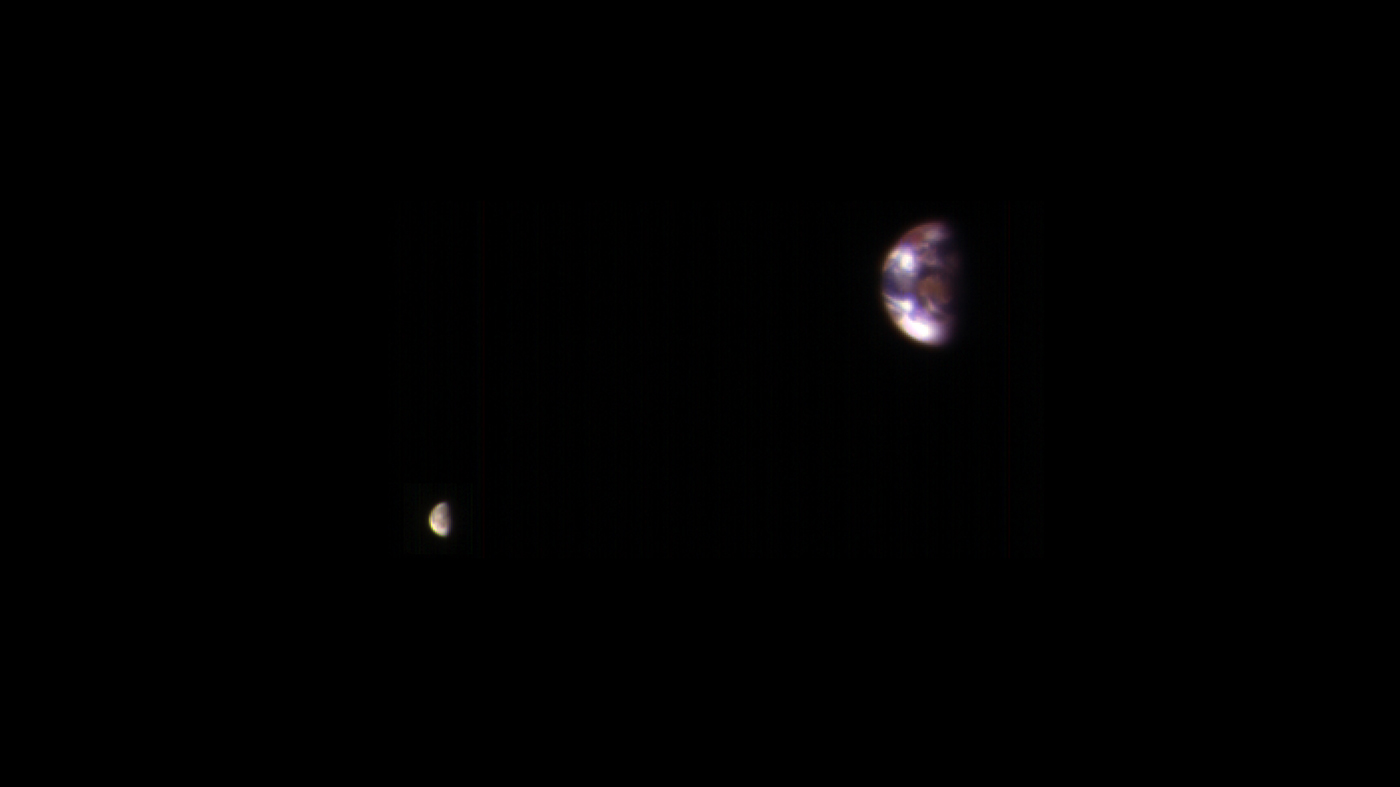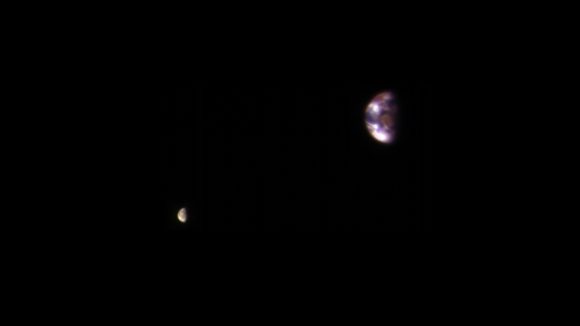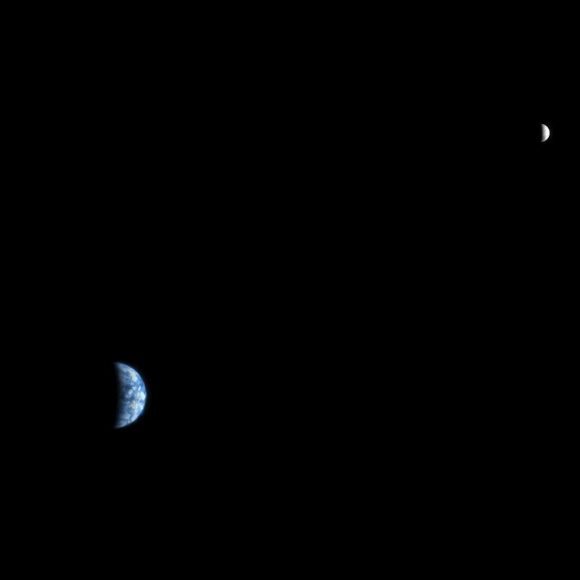The origins of the Moon have been the cause of many a scientific debate over the years but more recently we seem to have settled on a consensus. That a Mars-sized object crashed into Earth billions of years ago, with the debris coalescing into the Moon. The newly formed Moon drifted slowly away from Earth over the following eons but a new study suggests some surprising nuances to the accepted model.
Continue reading “When Earth Danced with Polar Moons”Did the Moon’s Water Come from Earth?

A recent study published in Nature Astronomy examines how processes within the Earth’s magnetic field could be contributing to the formation of water on the surface of the Moon. This study was led by the University of Hawai’i (UH) and comes during an increased interest in finding water ice across the lunar surface, which has previously been confirmed to exist within the permanently shadowed regions (PSRs) of the lunar north and south poles due to the Moon’s small axial tilt of only 1.5 degrees compared to the Earth’s 23.5 degrees. Additionally, better understanding the lunar surface water content could also help scientists gain better insights into the Moon’s formation and evolution, which is currently hypothesized to have formed from a Mars-sized object colliding with the Earth approximately 4.5 billion years ago, or approximately 100 million years after the Earth formed.
Continue reading “Did the Moon’s Water Come from Earth?”Martian Spacecraft Spies Earth and the Moon

The incredible HiRISE camera on board the Mars Reconnaissance Orbiter turned its eyes away from its usual target – Mars’ surface – and for calibration purposes only, took some amazing images of Earth and our Moon. Combined to create one image, this is a marvelous view of our home from about 127 million miles (205 million kilometers) away.
Alfred McEwen, principal investigator for HiRISE said the image is constructed from the best photo of Earth and the best photo of the Moon from four sets of images. Interestingly, this combined view retains the correct positions and sizes of the two bodies relative to each other. However, Earth and the Moon appear closer than they actually are in this image because the observation was planned for a time at which the Moon was almost directly behind Earth, from Mars’ point of view, to see the Earth-facing side of the Moon.

“Each is separately processed prior to combining (in correct relative positions and sizes), so that the Moon is bright enough to see,” McEwen wrote on the HiRISE website. “The Moon is much darker than Earth and would barely show up at all if shown at the same brightness scale as Earth. Because of this brightness difference, the Earth images are saturated in the best Moon images, and the Moon is very faint in the best (unsaturated) Earth image.”
Earth looks reddish because the HiRISE imaging team used color filters similar to the Landsat images where vegetation appears red.
“The image color bandpasses are infrared, red, and blue-green, displayed as red, green, and blue, respectively,” McEwen explained. “The reddish blob in the middle of the Earth image is Australia, with southeast Asia forming the reddish area (vegetation) near the top; Antarctica is the bright blob at bottom-left. Other bright areas are clouds. We see the western near-side of the Moon.”
HiRISE took these pictures on Nov. 20, 2016, and this is not the first time HiRISE has turned its eyes towards Earth.
Back in 2007, HiRISE took this image, below, from Mars’ orbit when it was just 88 million miles (142 million km) from Earth. This one is more like how future astronauts might see Earth and the Moon through a telescope from Mars’ orbit.

NASA/JPL-Caltech/University of Arizona.
If you look closely, you can make out a few features on our planet. The west coast outline of South America is at lower right on Earth, although the clouds are the dominant features. In fact, the clouds were so bright, compared with the Moon, that they almost completely saturated the filters on the HiRISE camera. The people working on HiRISE say this image required a fair amount of processing to make such a nice-looking picture.
You can see an image from a previous Mars’ orbiter, the Mars Global Surveyor, that took a picture of Earth, the Moon and Jupiter — all in one shot — back in 2003 here.
See this JPL page for high resolution versions of the most recent Earth/Moon image.

